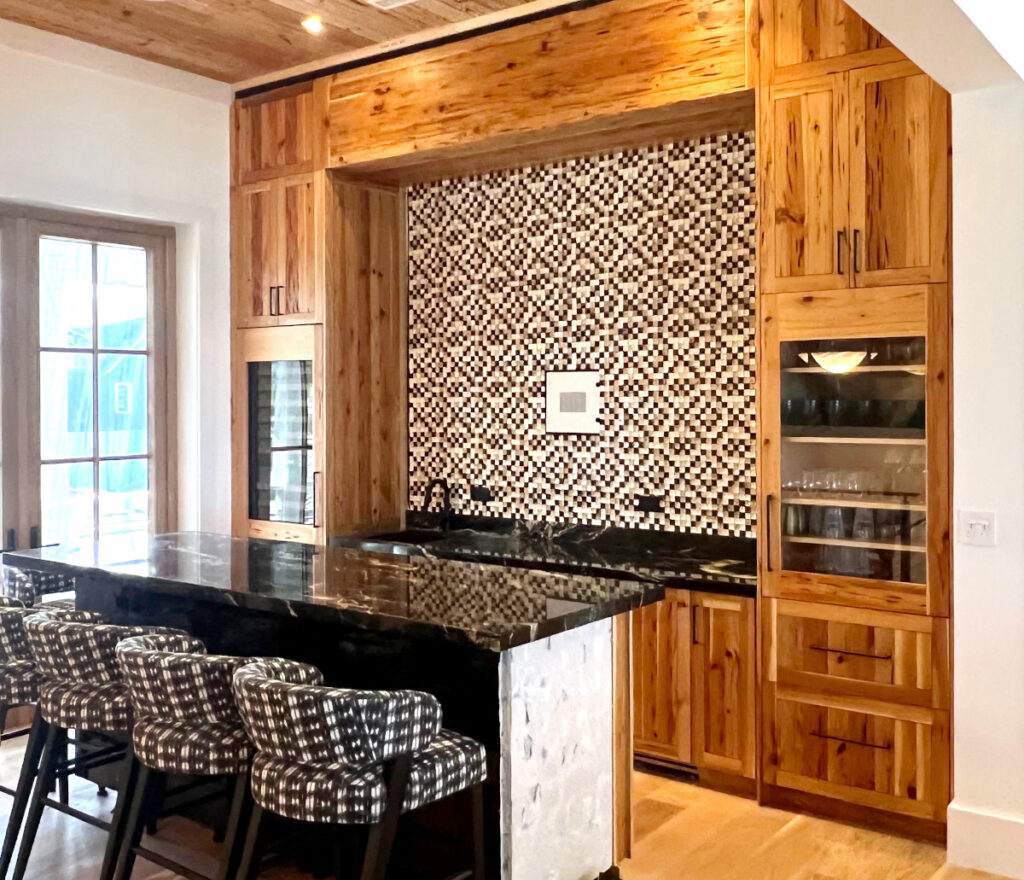
What is Pecky Cypress?
Pecky Cypress is bald cypress AKA swamp cypress or red cypress that has numerous open defects that a fungus creates in the heartwood of over-mature trees.
Bald cypress is a deciduous conifer tree that is in the same family as Sequoia and Redwood trees. As a deciduous conifer bald cypress drops its needle-like leaves in the fall. The tree carries the name “bald” cypress because they drop their leaves so early in the season.
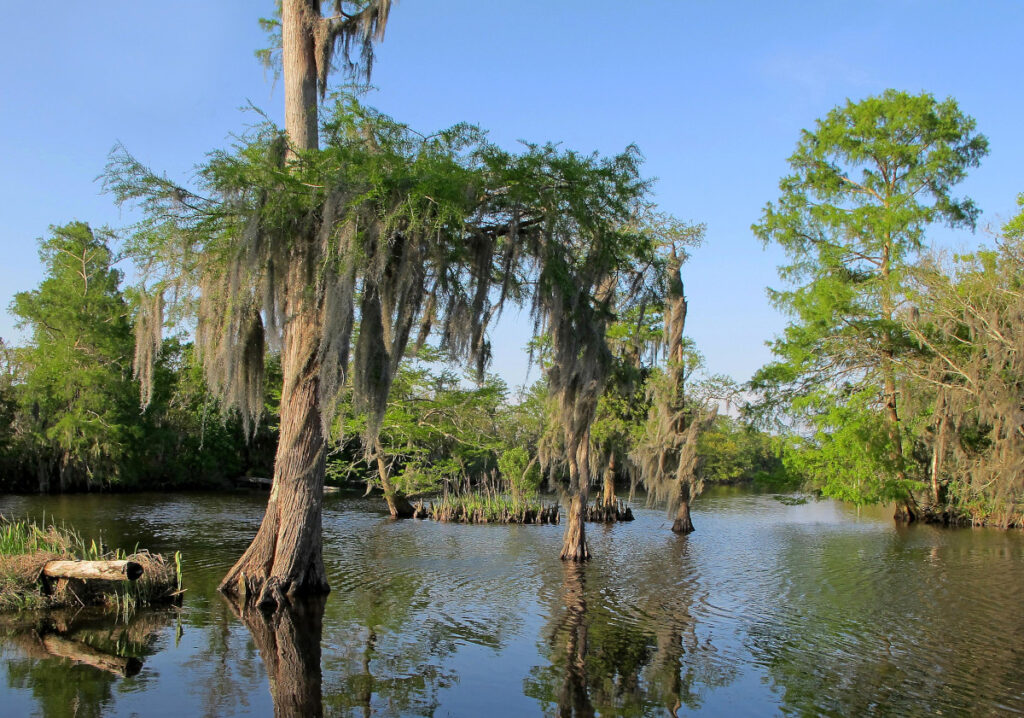
Bald cypress grows mostly in the swamps of southern rivers and the coasts of the United States ranging from Delaware to south Florida and the Gulf Coast to Texas. Bald cypress is also known as swamp cypress due to is favored habitat being riverbanks and swamps. Red cypress is the trade name for bald cypress.
Distinctive Features Caused by a Fungus
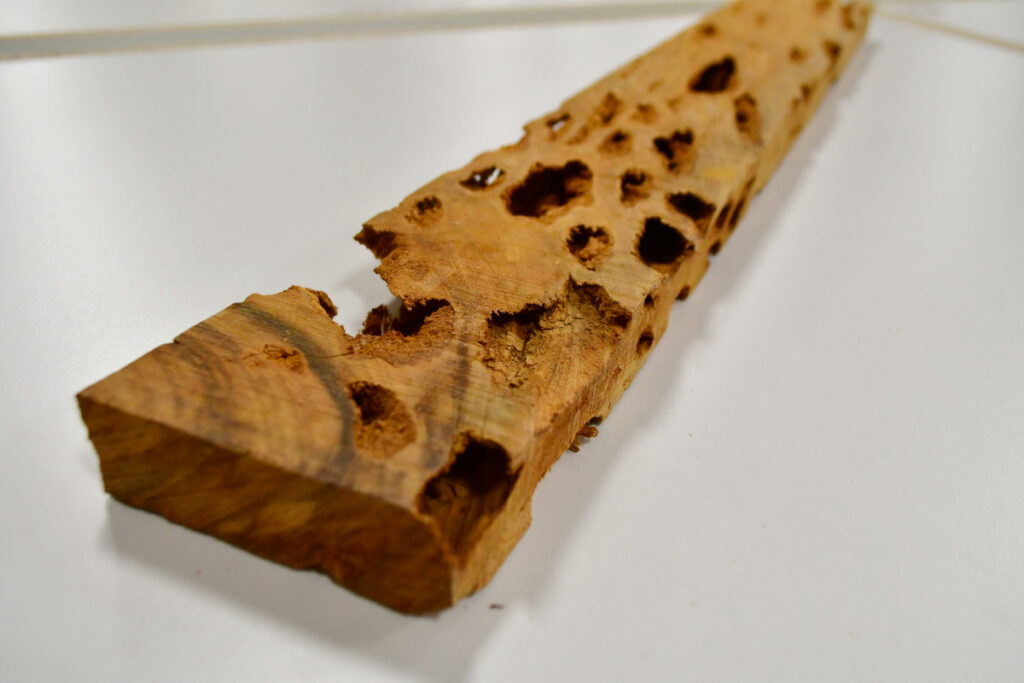
Bald cypress wood is prized for its water resistance. When a bald cypress tree is infected with the fungus it causes holes and voids in the wood. In the lumber trade this lumber is called pecky, or peggy cypress when it contains these attractive voids.
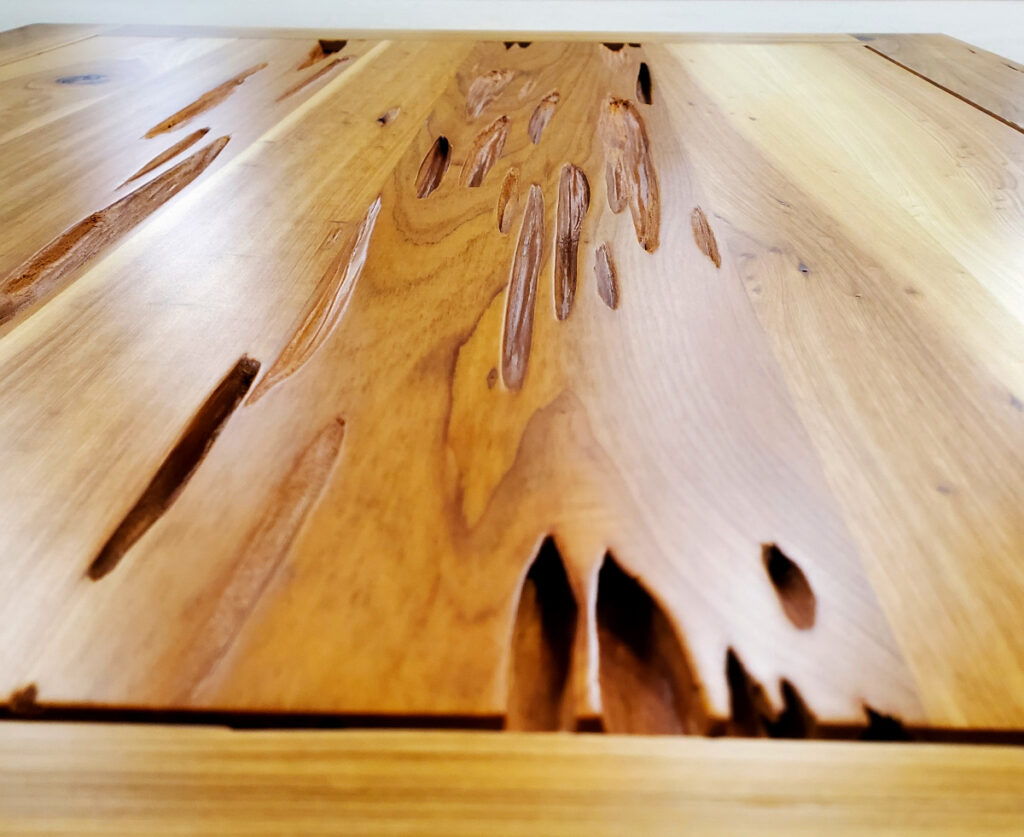
The voids in a board can vary in size and number from a few throughout the board to many grouped together. These voids create a rustic look that is often desired in wood paneling and doors.
Bald Cypress is One of the Most Durable American Woods
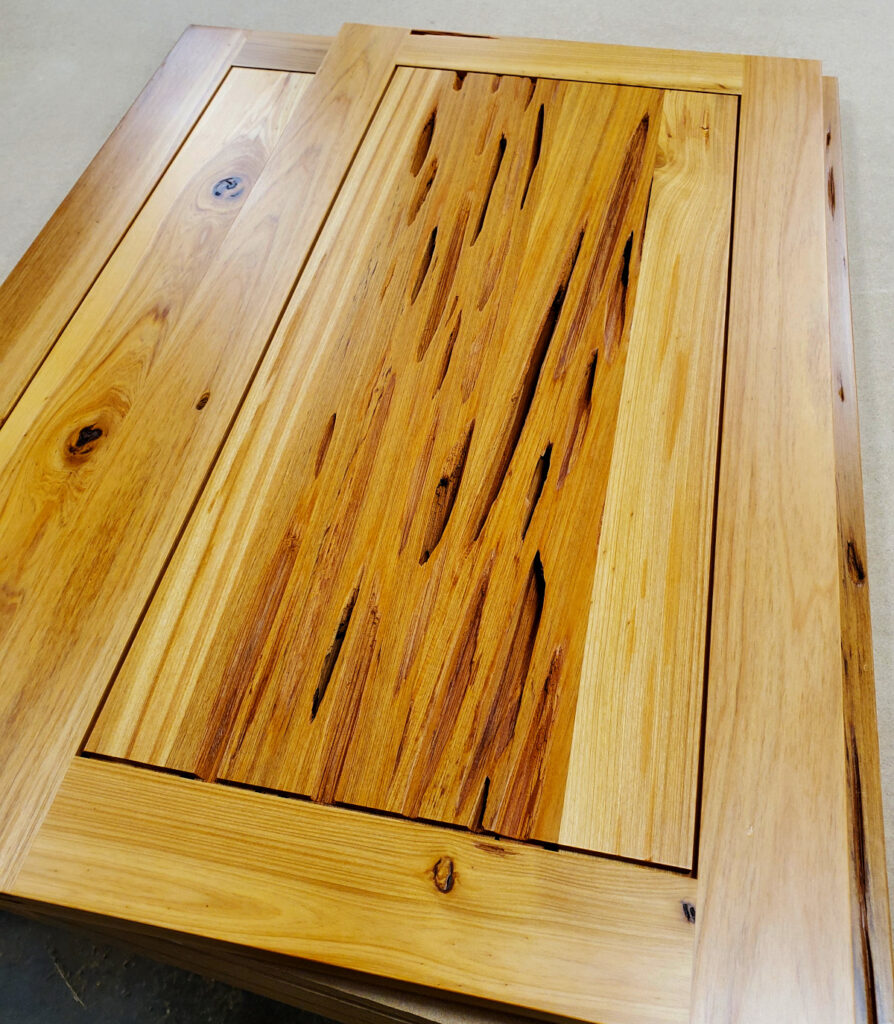
Bald cypress lumber weighs 28 pounds per cubic foot dry, a bit less than walnut. The characteristics of bald cypress lumber can vary from a yellow to pale brown to a reddish hue. Bald cypress wood is moderately hard, strong, and stable with a straight close grain. Bald cypress heartwood is highly resistant to decay and deterioration and is one of the most durable American woods.
Pecky Cypress in Woodworking
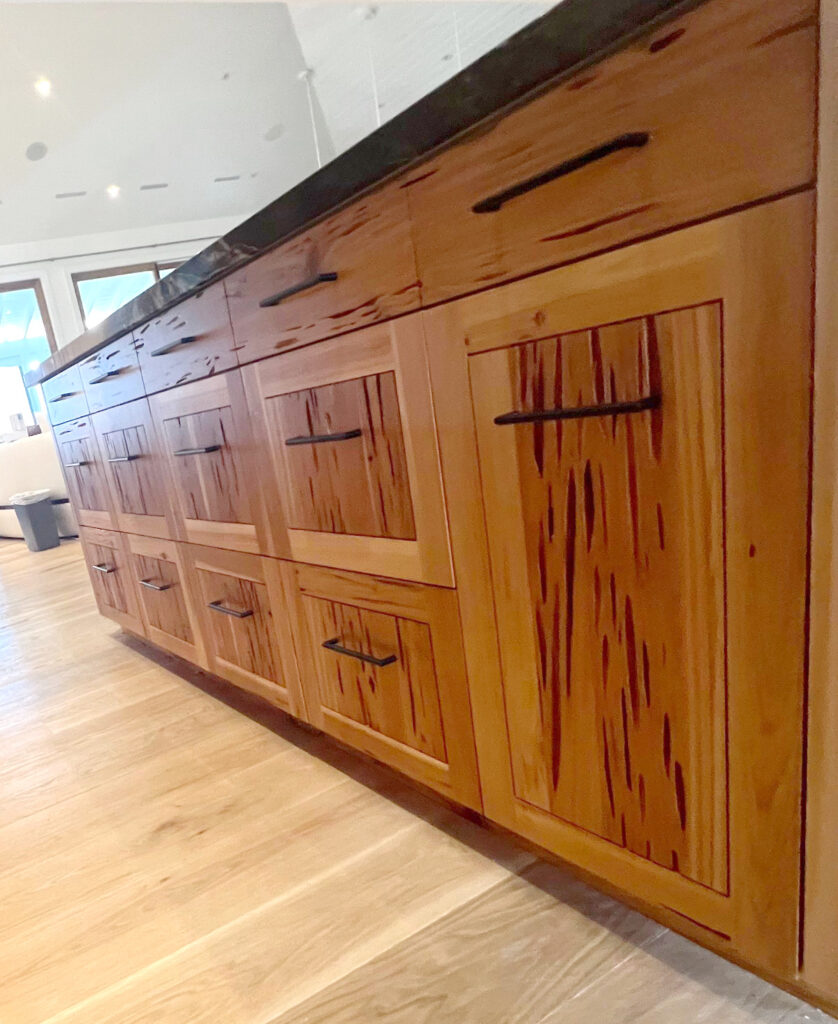
Its distinctive appearance makes pecky cypress popular in paneling and doors. More recently some woodworkers use it to make epoxy-filled tabletops.
Both indoor and outdoor projects use Bald Cypress lumber including furniture, paneling, cabinets, doors, windows, siding, decking, and trim. Due to its durable qualities bald cypress lumber is also used for boat planking, barn boards, water troughs, and fences.